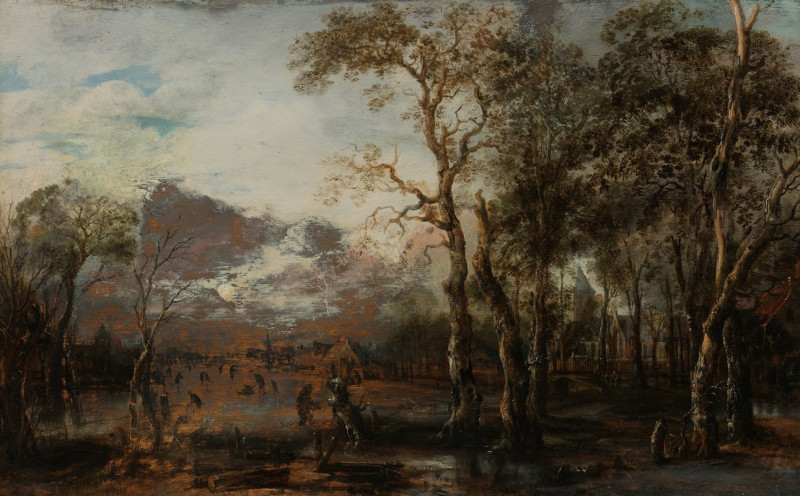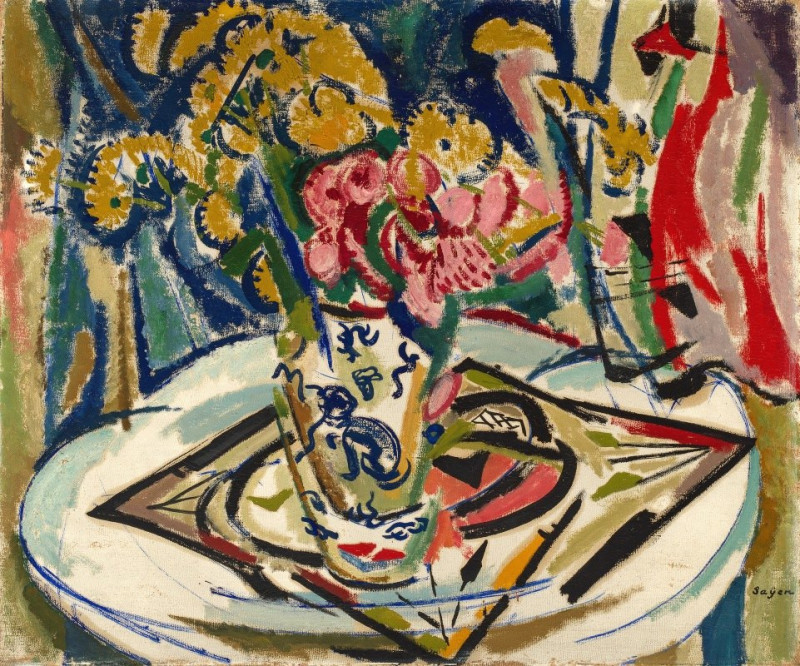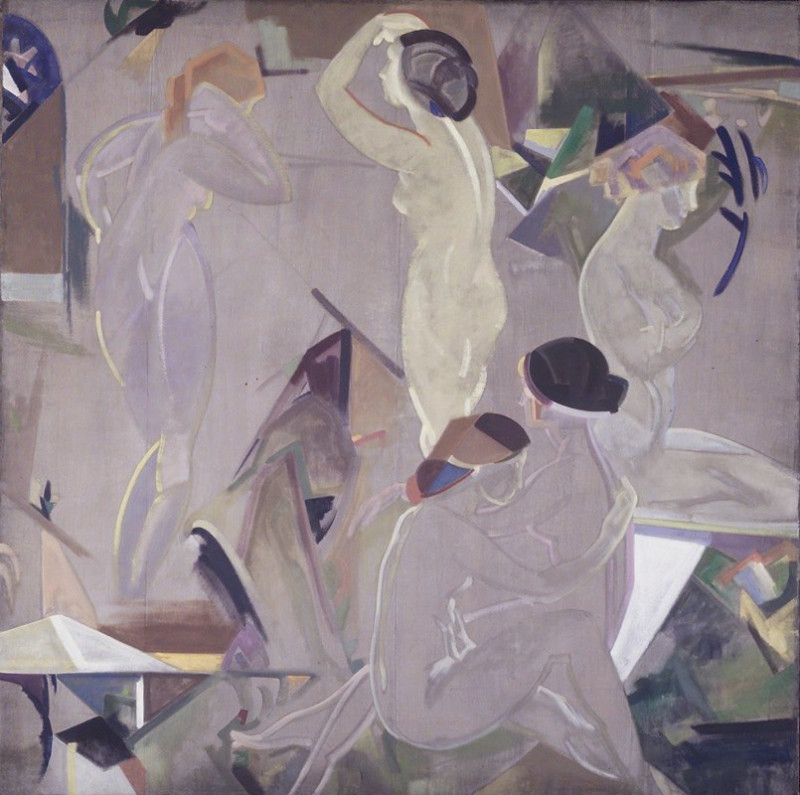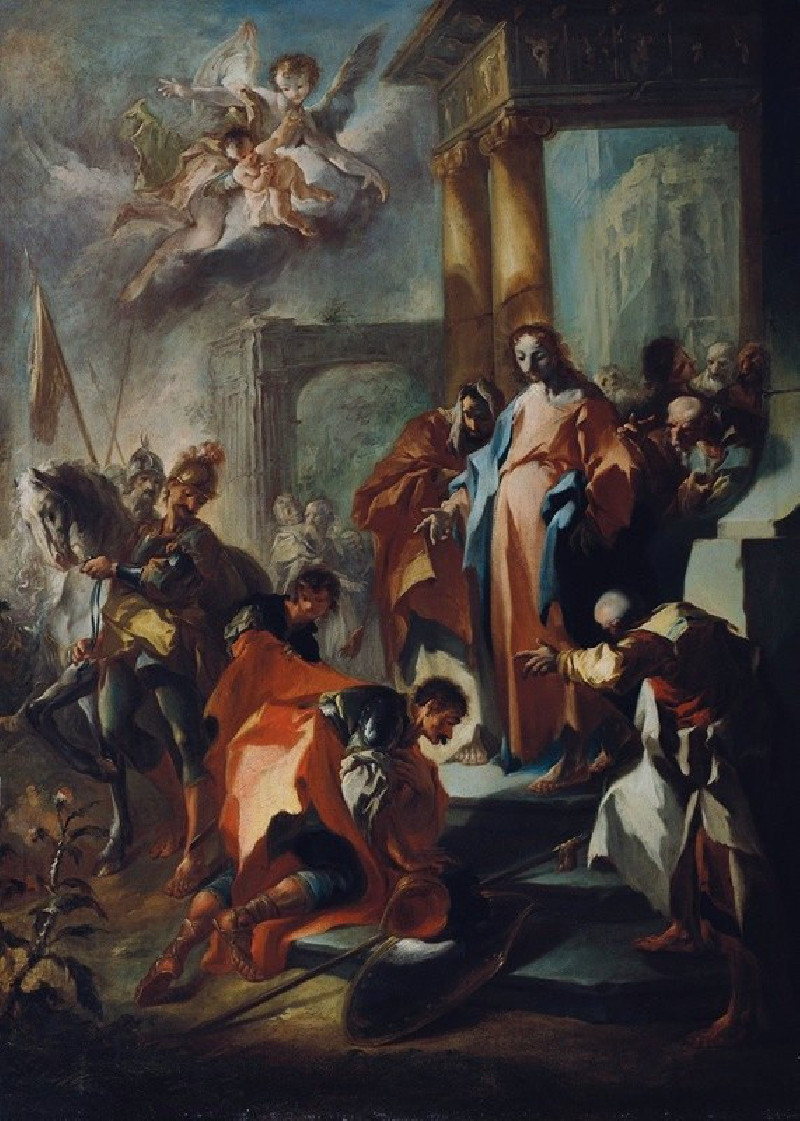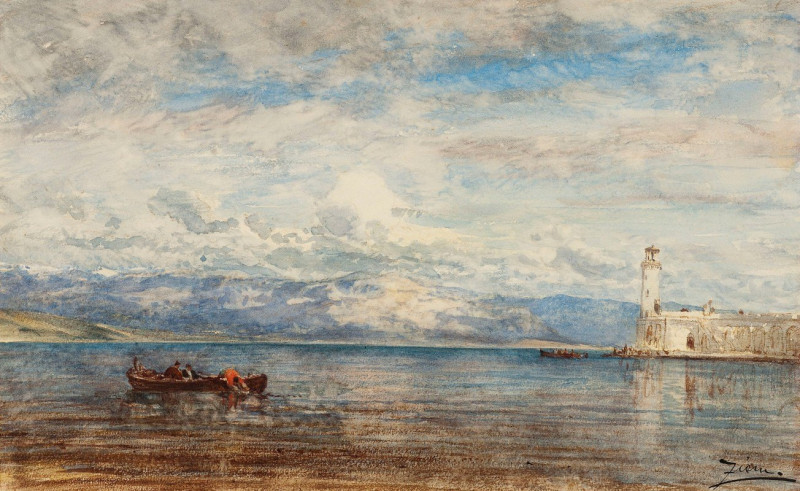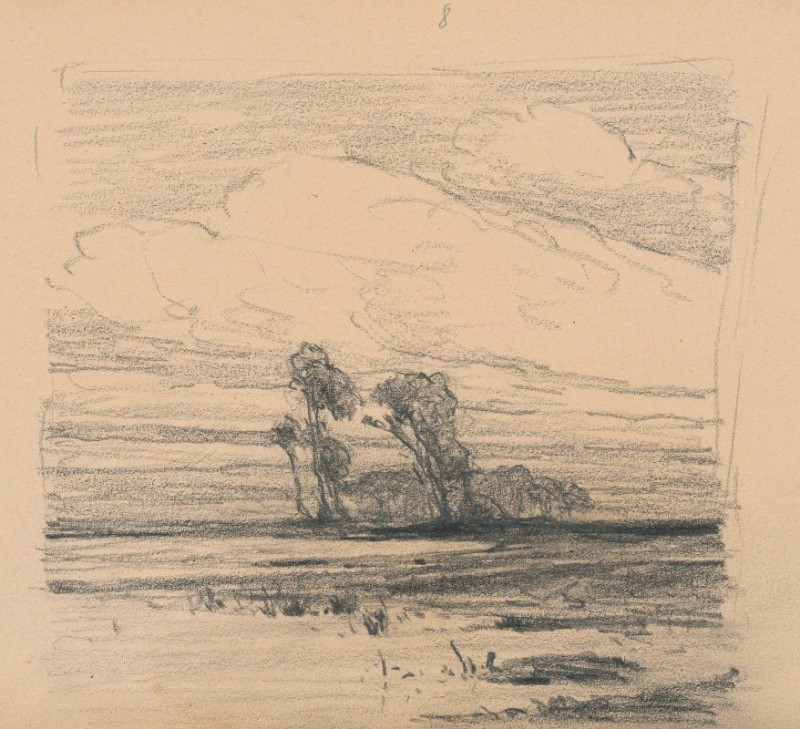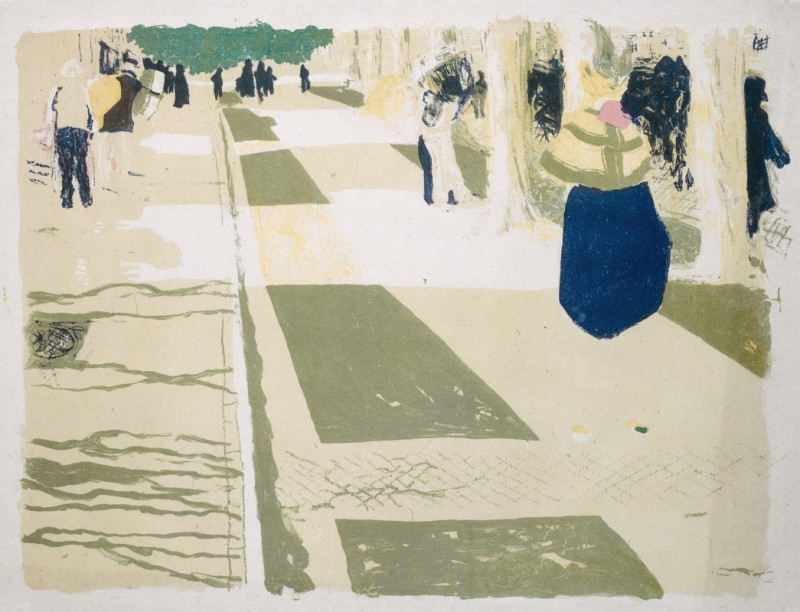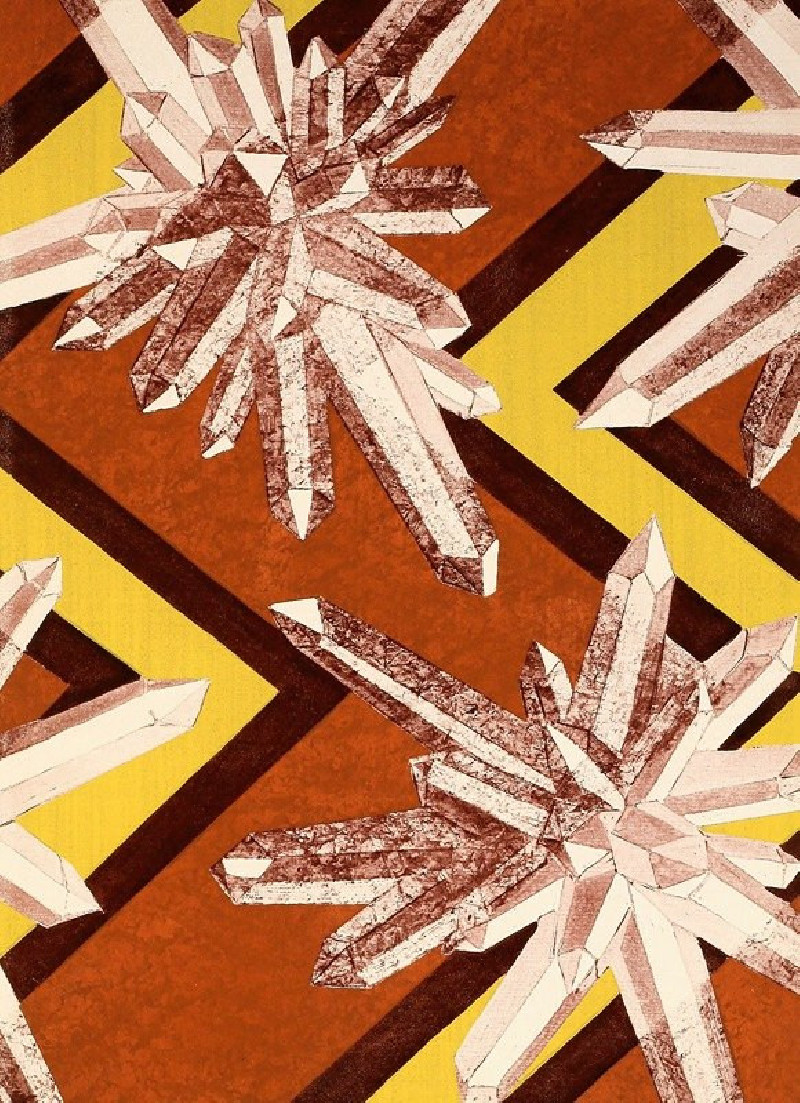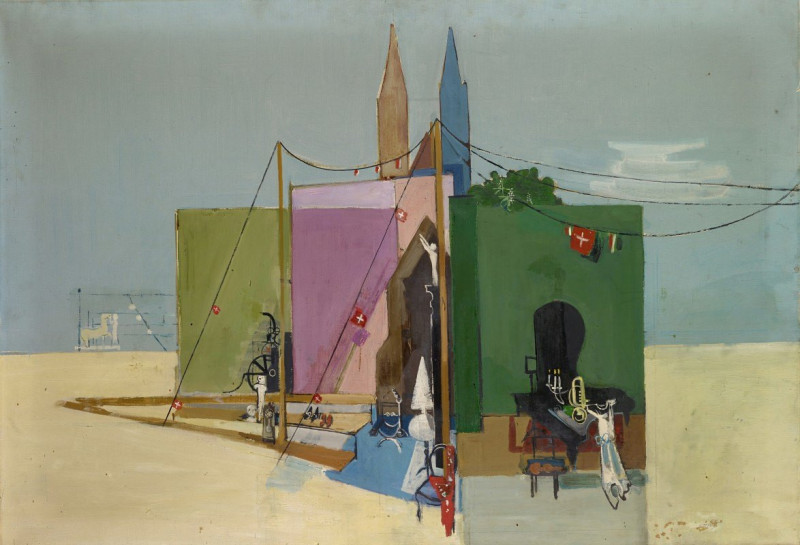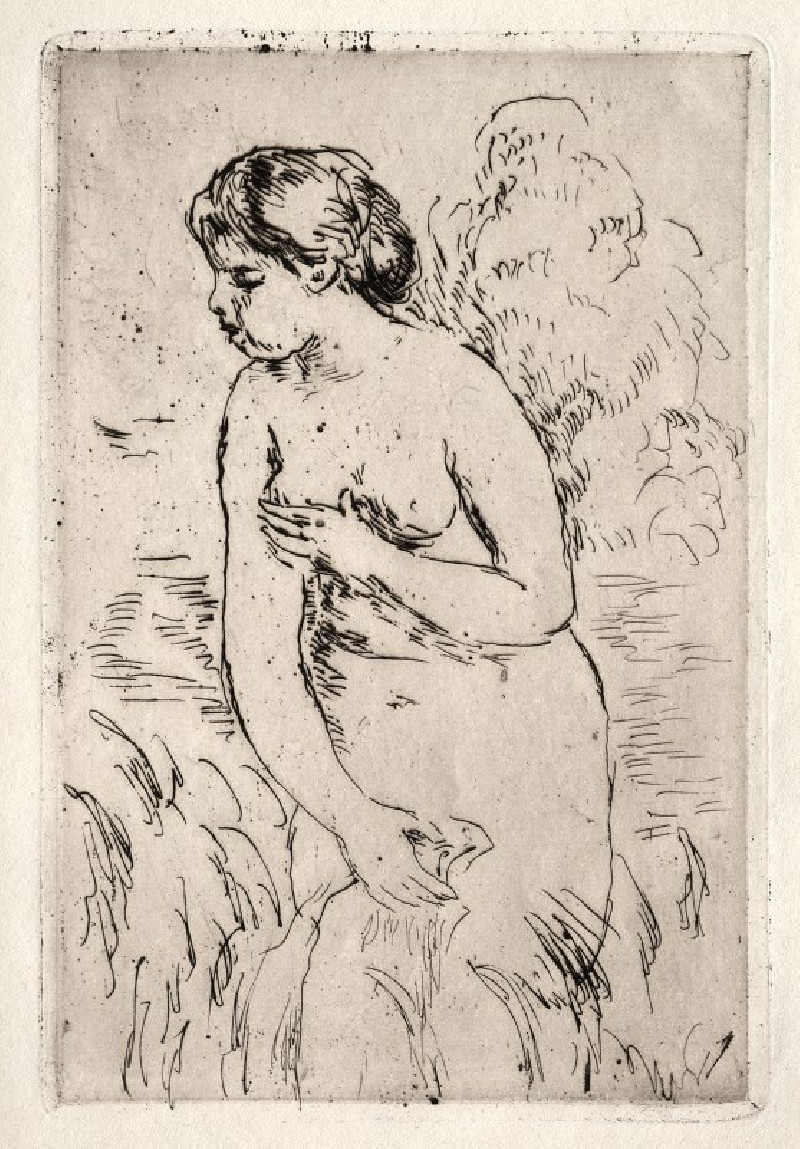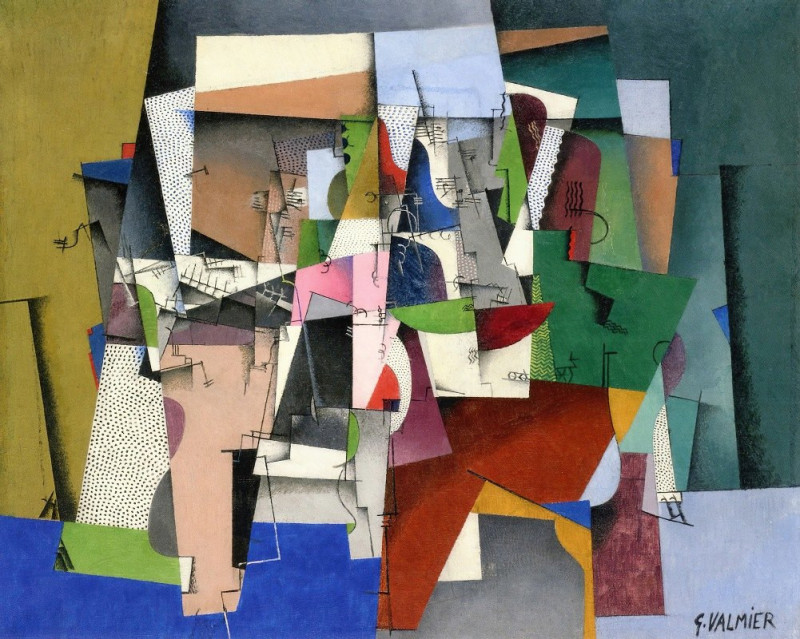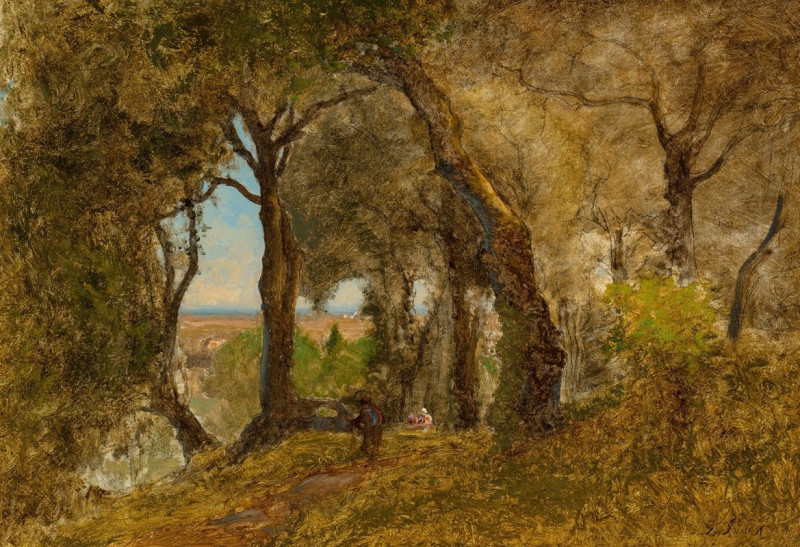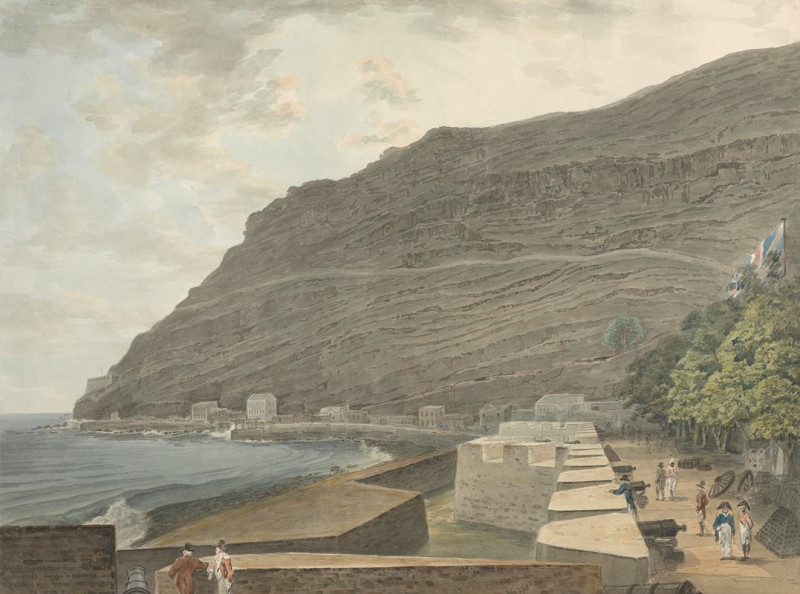Hampton Court Green
Technique: Giclée quality print
Recommended by our customers
More about this artwork
In "Hampton Court Green," painted by Camille Pissarro, the scene captures the serene and bucolic landscape typical of Pissarro's work, emphasizing his love for rural scenes and his mastery in portraying the effects of light and atmosphere. The painting is set against the backdrop of Hampton Court, showcasing a broad expanse of green field under a vast, partly cloudy sky. The soft, textured brushstrokes typical of Pissarro give the painting a lively, vibrant feel.The composition features a group of figures, likely local residents, engaged in a leisurely game of cricket, adding a sense of movement and everyday life to the tranquil setting. These figures are rendered with light, quick strokes, suggesting their movement and the casual pace of life. In the background, a line of trees and traditional English cottages complete the scene, framed by the sky which offers a sense of time and space that is both timeless and ephemeral.Pissarro's technique, part of the Impressionist movement, focuses on the natural colors and varying qualities of light. This painting, like many of his works, not only captures a visual reality but also evokes a sense of calm and harmony with nature, reflecting the artist's keen observational skills and his ability to translate them into a coherent visual language.
Delivery
Returns
Blessed are they who see beautiful things in humble places where other people see nothing. — Camille Pissarro
Camille Pissarro (1830-1903) was born on St.Thomas (now the US Virgin Islands) to a Portuguese father and a Dominican mother. He went to Paris to study art at Ecole des Beaux-Arts. He was an early pioneer of pointillism and neo-impressionism and later became a mentor of many famous impressionist painters including Cezanne, Manet, Renoir, and Gauguin. His paintings depicted rural and urban French landscapes and lifestyle. Many of his works politically captured images of peasants and laborers. Today, he is considered the father of impressionism.
































